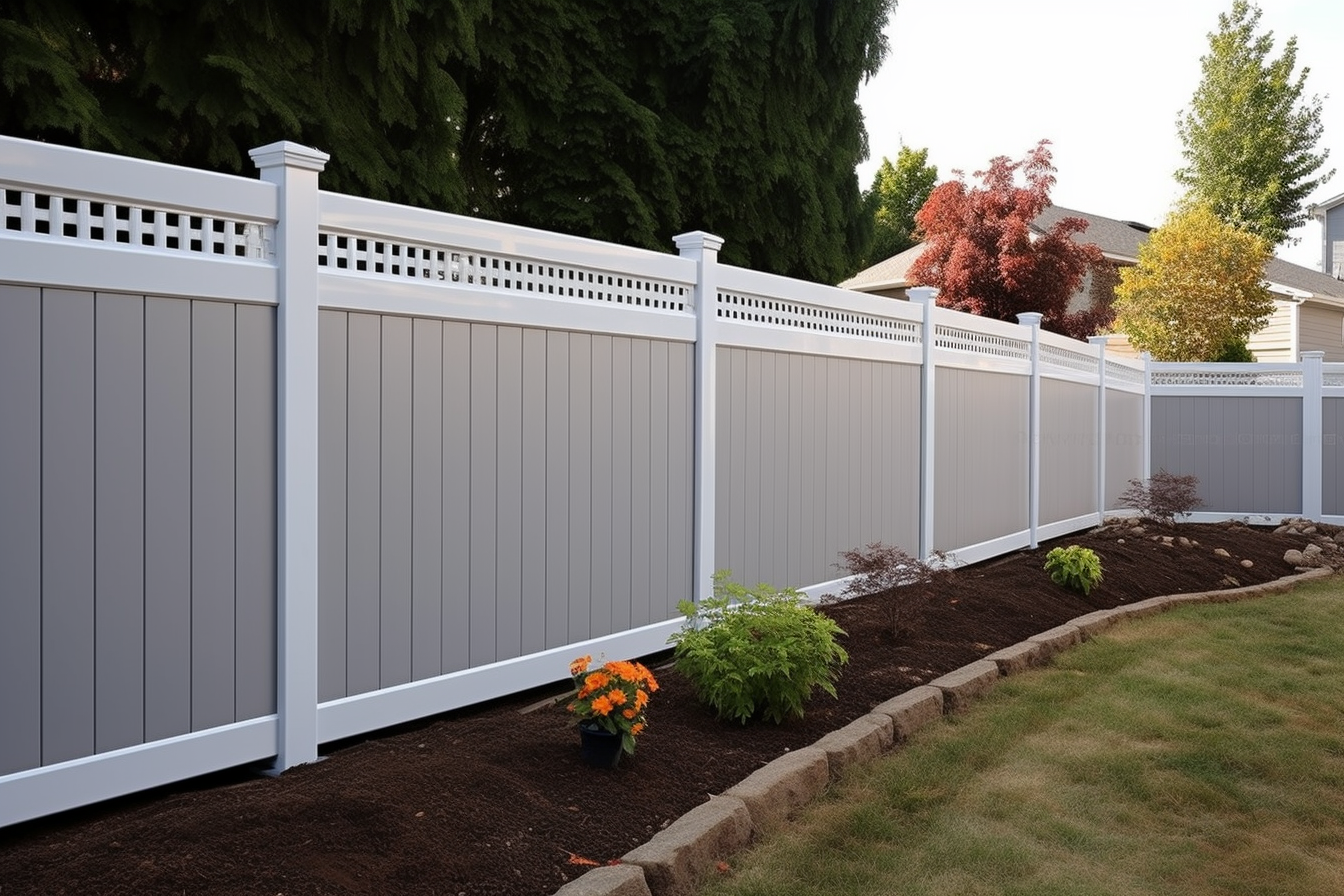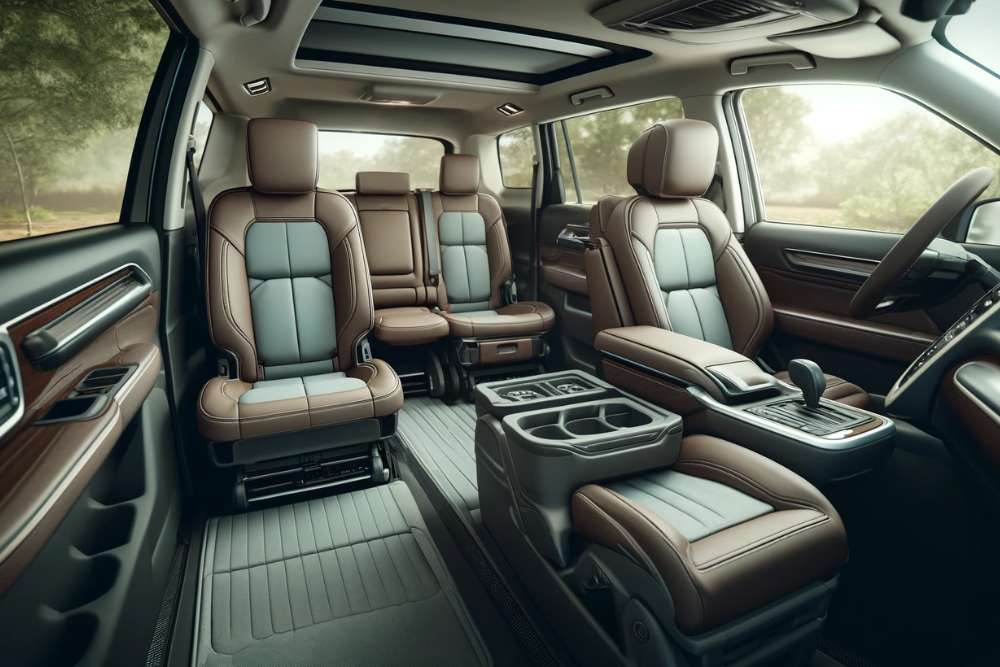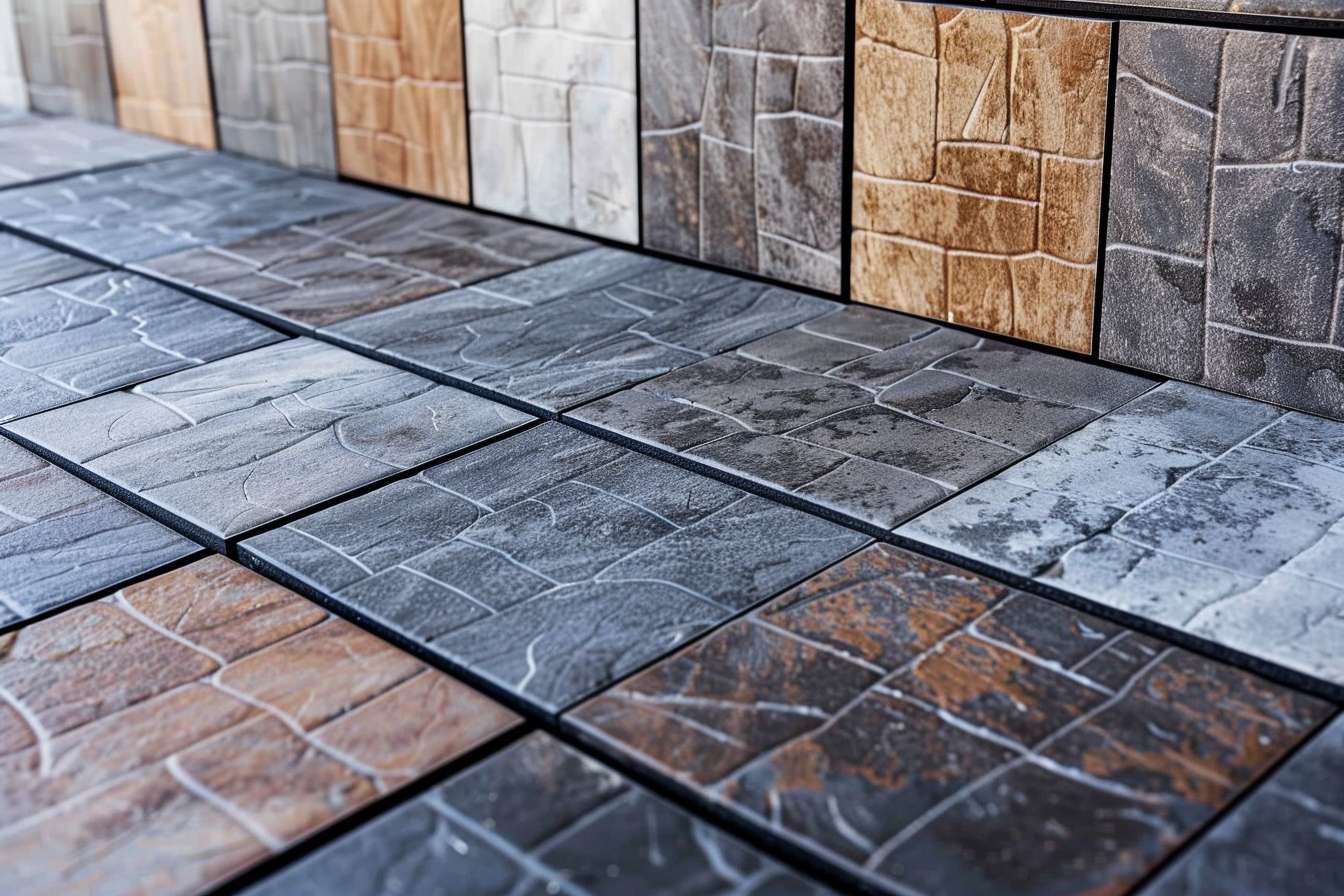How to Choose the Right Storage Sheds for Your Needs
Selecting the right storage shed is easier when you focus on the essentials. Consider your specific needs and available outdoor space to choose a shed that offers the perfect mix of function, durability, and attractive style for your home and garden space.

What Size and Style Work Best for Backyard Storage Sheds?
The size of your backyard storage sheds should align with both your storage needs and available yard space. Small sheds ranging from 6x4 to 8x6 feet work well for basic tool storage and gardening supplies. Medium-sized options between 8x8 and 10x12 feet accommodate lawn mowers, bicycles, and seasonal items. Larger sheds of 12x16 feet or more can serve as workshops or house extensive equipment collections.
Style considerations include traditional gable roofs for classic appeal and maximum headroom, gambrel designs that offer more storage space in the upper area, and lean-to styles that work well against existing structures. Your choice should complement your home’s architecture while meeting functional requirements.
Which Materials Offer the Best Value for Outdoor Storage Buildings?
Material selection significantly impacts your outdoor storage buildings’ durability, maintenance requirements, and cost. Wood sheds provide natural beauty and customization options but require regular maintenance like staining or painting every few years. Cedar and pressure-treated lumber resist rot and insects better than standard pine.
Metal sheds, typically made from galvanized steel or aluminum, offer excellent durability with minimal maintenance. They resist pests, fire, and rot but may be prone to condensation and denting. Vinyl or resin sheds combine low maintenance with weather resistance, though they may have limited customization options and can become brittle in extreme cold.
How Do Foundation and Installation Requirements Affect Your Choice?
Proper foundation preparation is crucial for any storage shed’s longevity and functionality. Concrete slabs provide the most stable and durable base but require professional installation and higher upfront costs. Gravel pads offer good drainage and easier installation while remaining cost-effective for most shed sizes.
Some manufacturers offer foundation kits with their sheds, while others require separate foundation preparation. Consider your local building codes, which may specify foundation requirements for structures over certain sizes. Factor in installation costs if you plan to hire professionals, as complex installations can significantly impact your total investment.
What Features Should You Prioritize When Selecting Storage Solutions?
Essential features vary based on intended use, but several elements enhance most storage sheds’ functionality. Adequate ventilation prevents moisture buildup and protects stored items from mold and mildew. Windows provide natural light and visual appeal, while skylights offer illumination without compromising wall space for storage.
Security features like quality locks, reinforced doors, and window bars protect valuable items. Electrical preparation allows for lighting and power tools, though this typically requires professional installation and permits. Consider shelving systems, pegboards, and organization accessories that maximize storage efficiency within your chosen space.
Understanding Costs and Comparing Popular Shed Options
Storage shed prices vary significantly based on size, materials, and features. Small basic sheds start around $200-500 for simple metal or resin models, while larger wooden sheds can range from $1,000-5,000 or more. Custom-built options and professional installation add substantial costs but ensure proper setup and warranty coverage.
| Shed Type | Size Range | Material | Price Range | Key Benefits |
|---|---|---|---|---|
| Basic Metal | 6x4 to 10x8 ft | Galvanized Steel | $300-1,200 | Low maintenance, pest-resistant |
| Wood Storage | 8x6 to 12x16 ft | Pressure-treated lumber | $800-3,500 | Customizable, natural appearance |
| Resin/Vinyl | 6x6 to 10x12 ft | High-density polyethylene | $400-2,000 | Weather-resistant, easy assembly |
| Custom Wood | 10x10 to 16x20 ft | Cedar or premium lumber | $2,000-8,000+ | Fully customizable, high-quality materials |
Prices, rates, or cost estimates mentioned in this article are based on the latest available information but may change over time. Independent research is advised before making financial decisions.
How to Navigate Local Regulations and Permit Requirements
Before purchasing any storage shed, research local building codes and homeowner association requirements in your area. Many municipalities have size limits for structures that don’t require permits, typically around 100-120 square feet. Setback requirements determine how close sheds can be placed to property lines, usually requiring 3-10 feet of clearance.
Height restrictions, architectural guidelines, and foundation requirements vary by location. Some areas prohibit certain materials or colors, while others have specific rules about electrical installations. Contact local building departments early in your planning process to avoid costly modifications or violations after installation.
Choosing the right storage shed involves balancing your specific needs with practical considerations like budget, space, and local requirements. By carefully evaluating size requirements, material options, installation needs, and desired features, you can select a shed that provides years of reliable service. Remember to factor in long-term maintenance costs and potential permit requirements when making your final decision. A well-chosen storage shed becomes a valuable addition to your property, providing organized storage while potentially increasing your home’s value.




